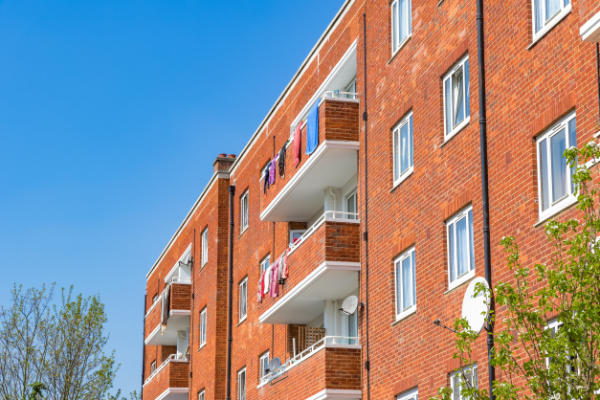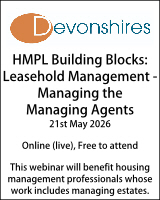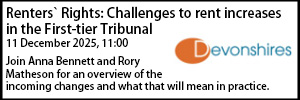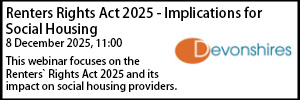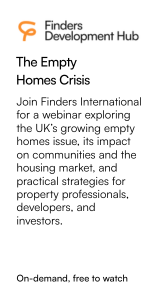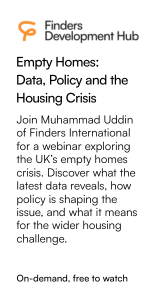Local authorities and the Charter for Social Housing Residents
- Details
In a previous article on the social housing white paper – the Charter for Social Housing Residents, Scott Dorling considered the issue of stigma and the charter's ambitions (or potential lack there of) to tackle the stigma associated with social housing. He now examines the charter's specific impacts on local authority landlords.
A new relationship with the Regulator of Social Housing (RSH)
The move to proactive regulation of the consumer standards by the RSH is probably the most significant of the changes. Where there has been a breach of the consumer standards, currently the RSH is only able to intervene where the ‘serious detriment test’ has been met. This proposed proactive regulation of the consumer standards will necessitate the inspection of all registered providers, including local housing authorities on a 4 year cycle. The Audit Commission is dead – long live the new inspectorate! All registered providers, including local authorities, will be required to report on new tenant satisfaction measures which the RSH is developing. These will create a degree of uniformity of reporting and measurement but perhaps also an opportunity for an unsophisticated and un-nuanced comparison between different registered providers – both public and private. Will the RSH impose its rating methodology for Governance and Viability (possibly with a new criteria for Consumer Standard compliance) on local authority landlords? What role the new tenant satisfaction measures will have on the governance rating will be an interesting discussion in due course. More generally though, how the RSH might go about rating a local authority landlord for governance (G1-G4 under the current regime) will be an incredibly complex operation and will need to take into account a whole range of factors including the nature of the governance model adopted by the particular local authority.
Named persons
It is no surprise that the government has continued its resolve for ostensible accountability by requiring more new named individuals with specific responsibility. There is already a requirement for a Responsible Person under the Fire Safety Order. The draft Building Safety Bill brings in new duty holders of Accountable Person (in respect of higher risk residential buildings) and Building Safety Manager. The social housing white paper promises legislation “to place an obligation on landlords to identify and publicise a senior named person in their organisation who is responsible for ensuring compliance with their health and safety obligations”. In addition, the RSH will be expected to demand that social landlords “identify a ‘responsible person’ for consumer standards compliance, as part of a wider requirement to provide greater clarity on the roles and responsibilities of senior staff”. Local authority landlords will need to consider their own governance models to identify who would be best placed to take on these responsibilities (officer or elected member?) and whether the same person will be the named person for multiple roles.
Contractual Relationships with managing agents
Even with some ALMO management arrangement hitting the spotlight recently, for the wrong reasons, the particular messages in the white paper regarding arrangements between the local authority and its managing agents seem slightly odd. The white paper makes it clear (was it really ever unclear?) arrangements with managing agents like ALMOs do not absolve local authority providers from the need to ensure compliance with regulatory requirements. The government also promises to legislate “to make it explicit that provisions in contracts between local authorities and Arms Length Management Organisations or Tenant Management Organisations would be deemed void if they hindered the Regulator of Social Housing in its exercise of its powers”. Councils are also asked in advance of the promised legislation “to review their contracts to ensure they do not hinder the Regulator of Social Housing in its exercise of its powers”. This is unlikely to be problematic for councils and ALMO where co-operation is key to the long terms nature of their partnership.
Build Build Build – but where's the money?
The government's commitment to local authority housing delivery is to be commended. It wants to see a step change in local authority delivery. Local authorities want to see that also and many councils with HRAs are already taking advantage of the removal of the HRA debt cap to maximise their capital programmes – but capital is needed for a whole range of improvement and refurbishment requirements and not just for new build. The debt cap is gone but the prudence of all borrowing remains. The significant requirements of building safety, net zero and Decent Homes 2 requirements will inevitably curtail ambitious new delivery targets. It is therefore also to be welcomed that, the white paper pledges a review of the Decent Homes Standard – leading to significantly more grant funding for local authorities we hope!. The last statement is the author's own and cannot be assumed to anticipate government policy!
Scott Dorling is a partner at Trowers & Hamlins.










